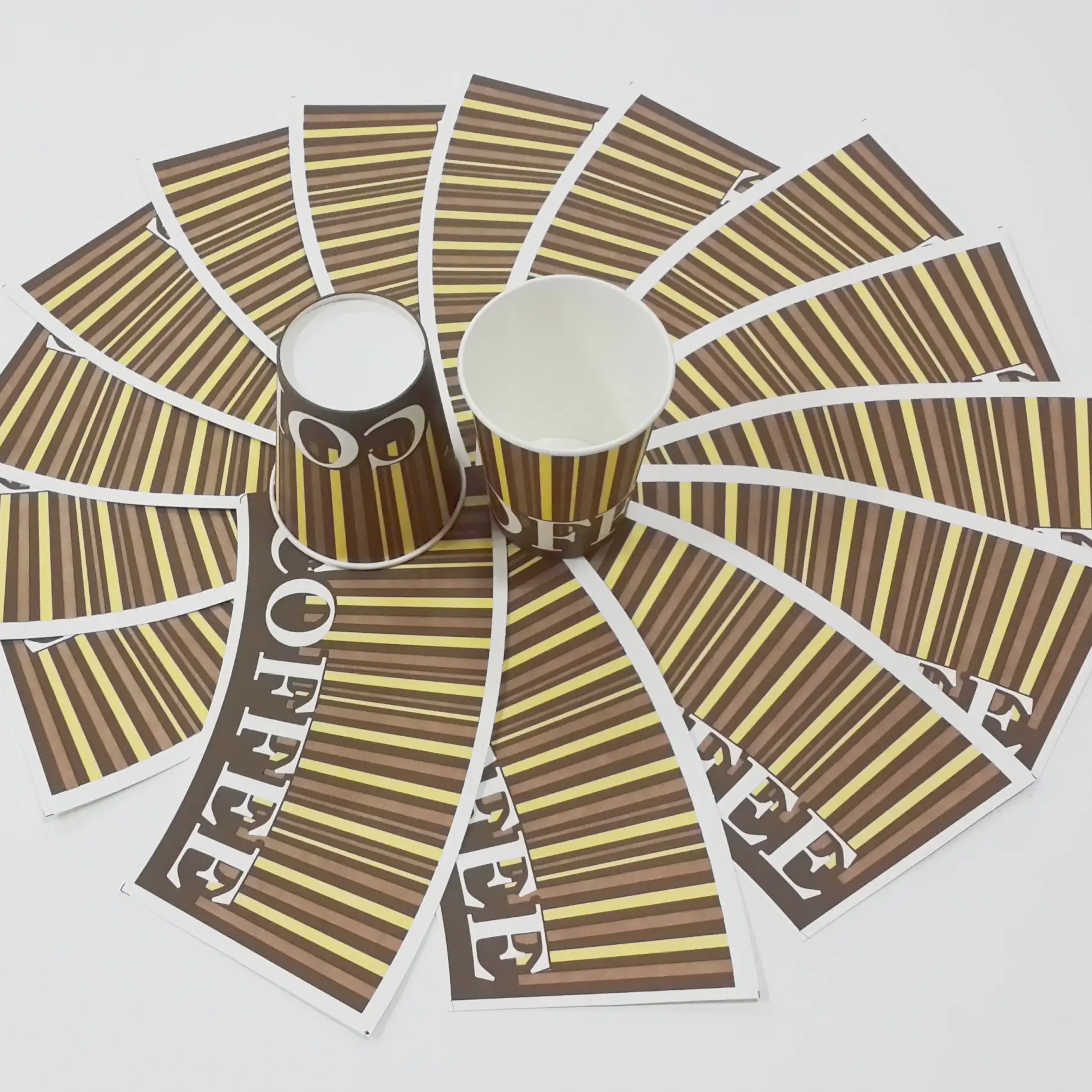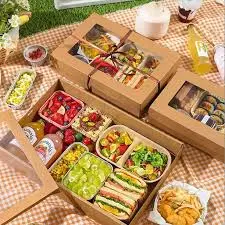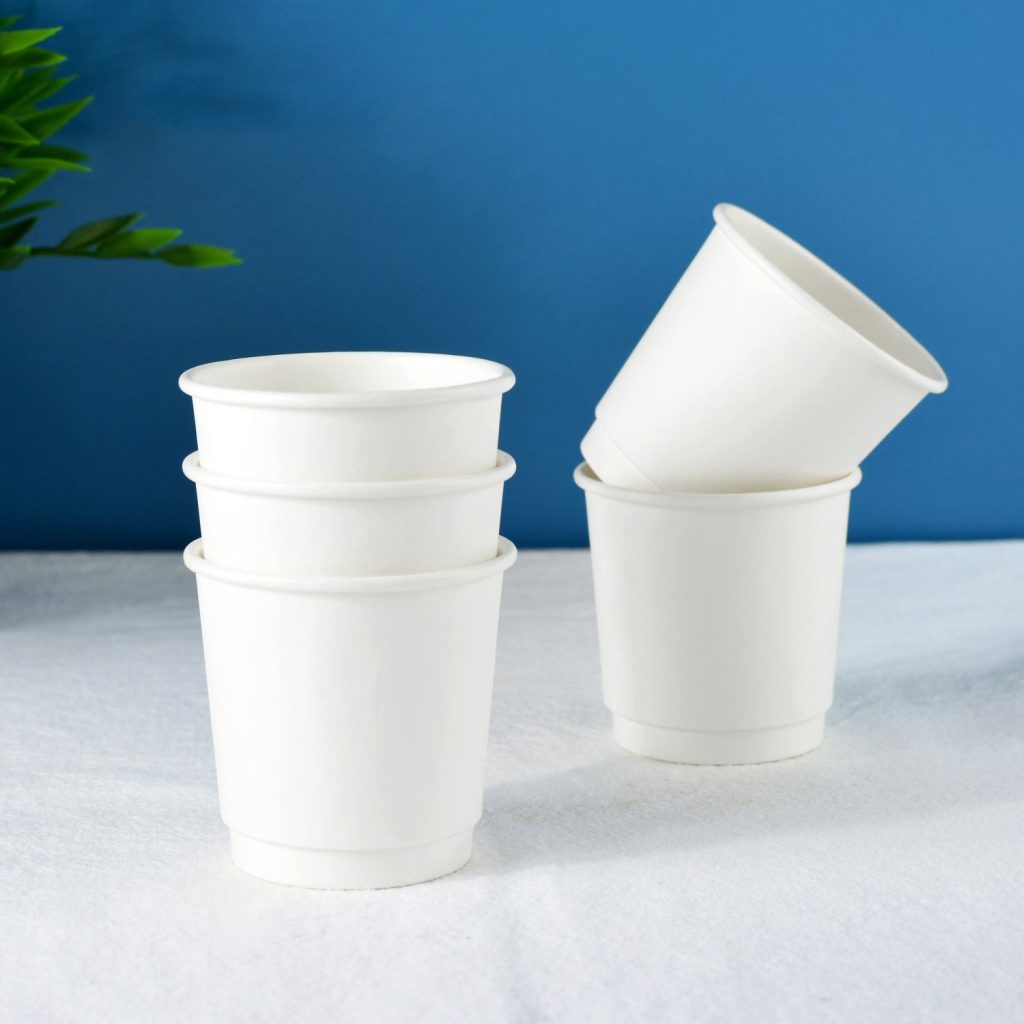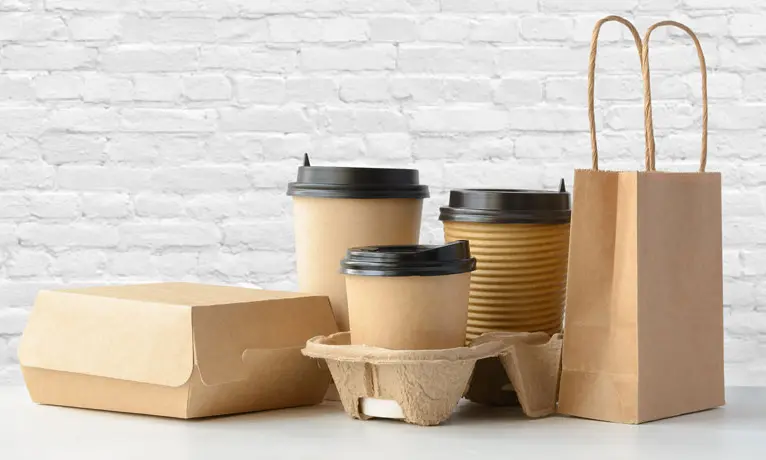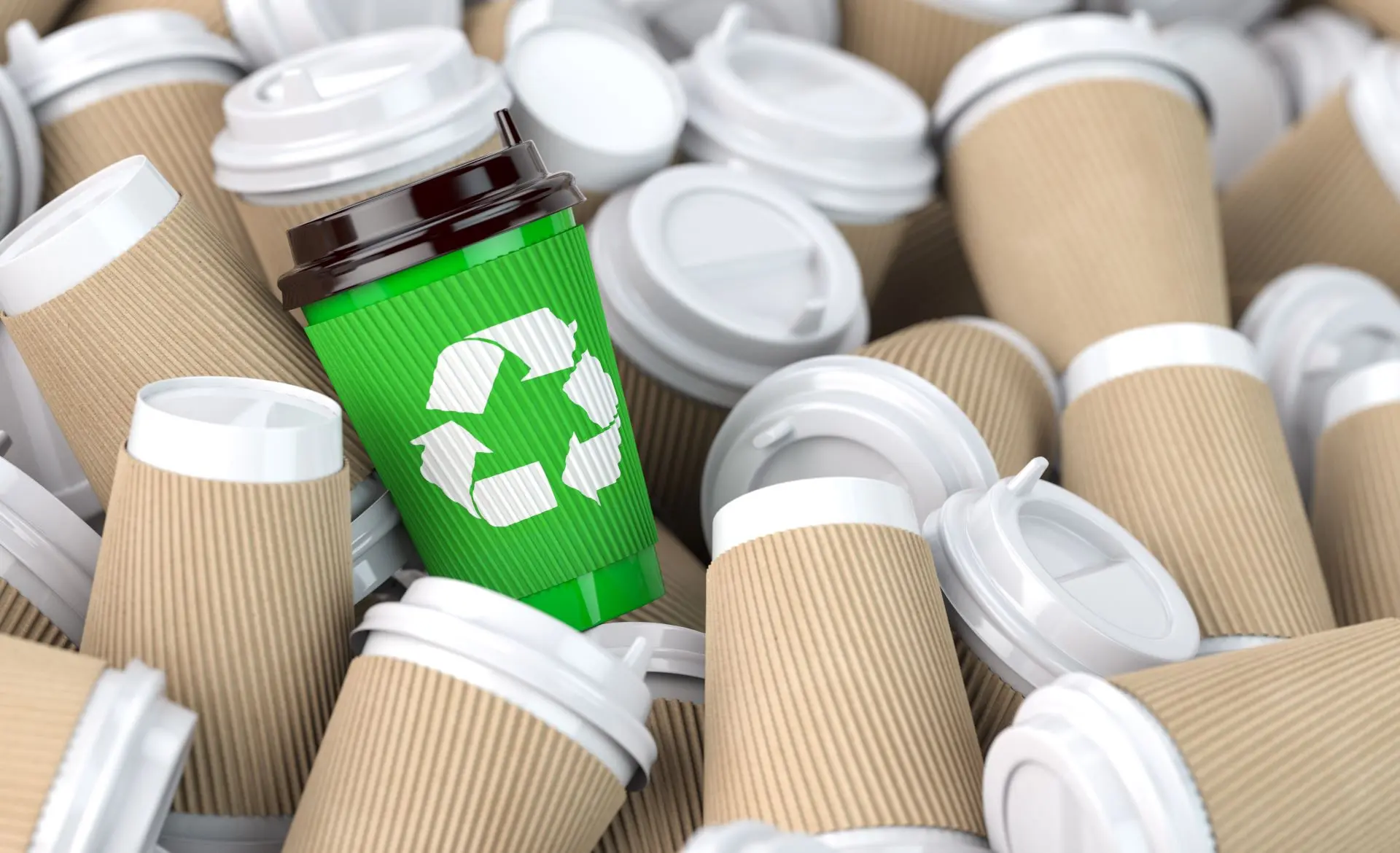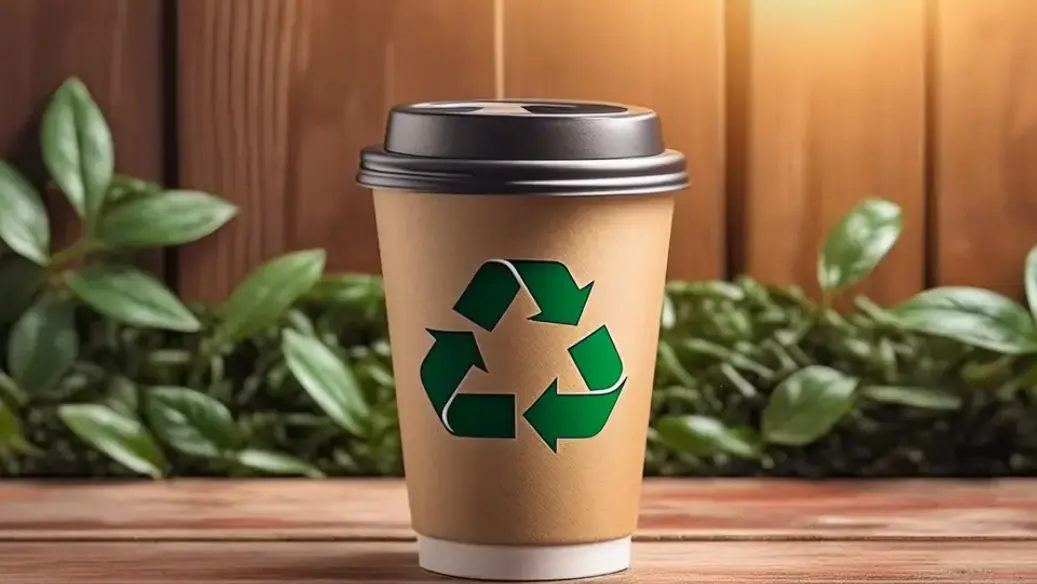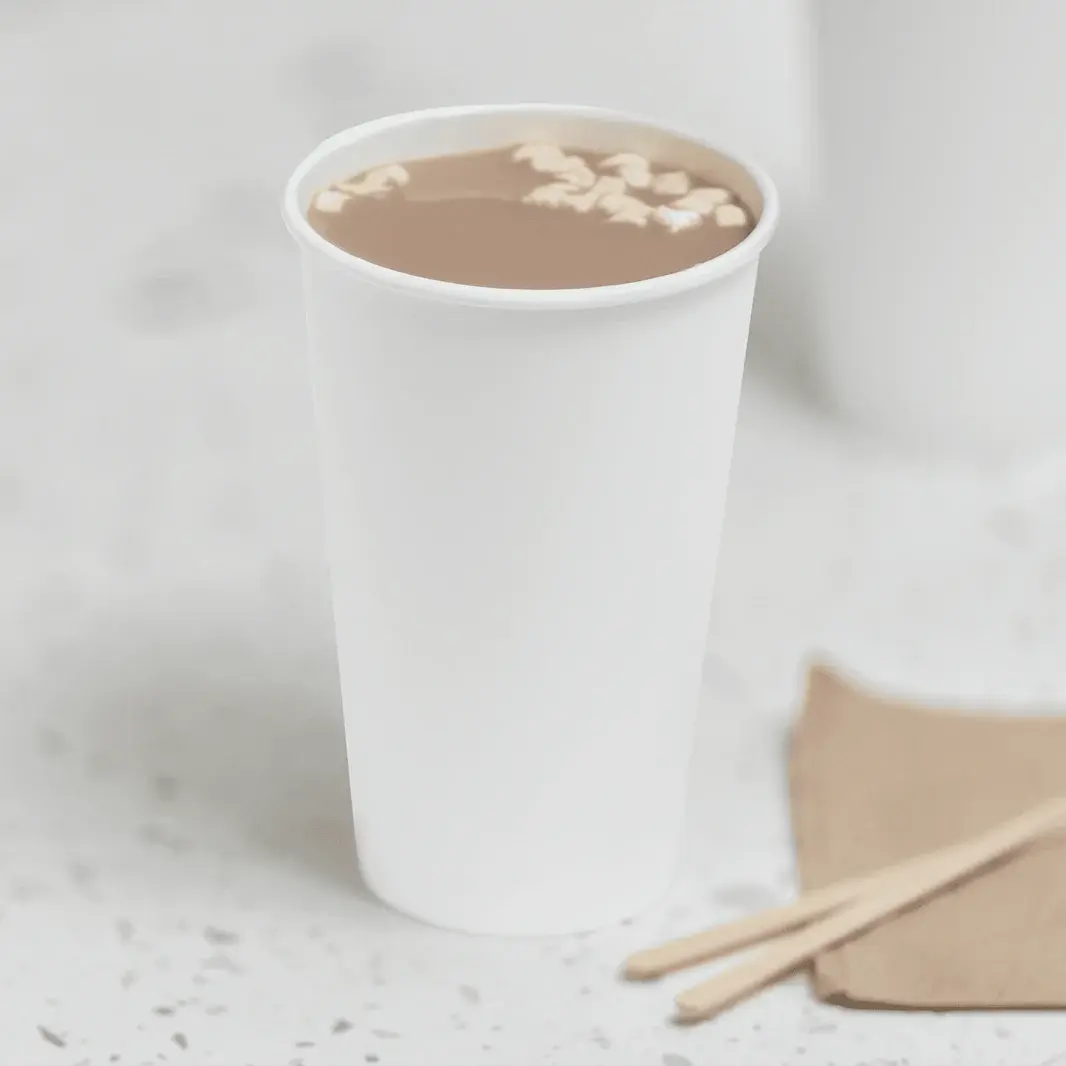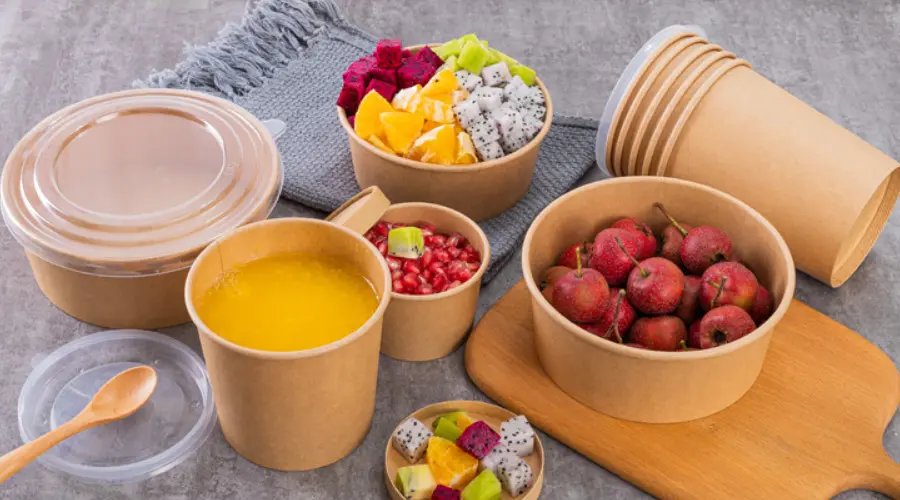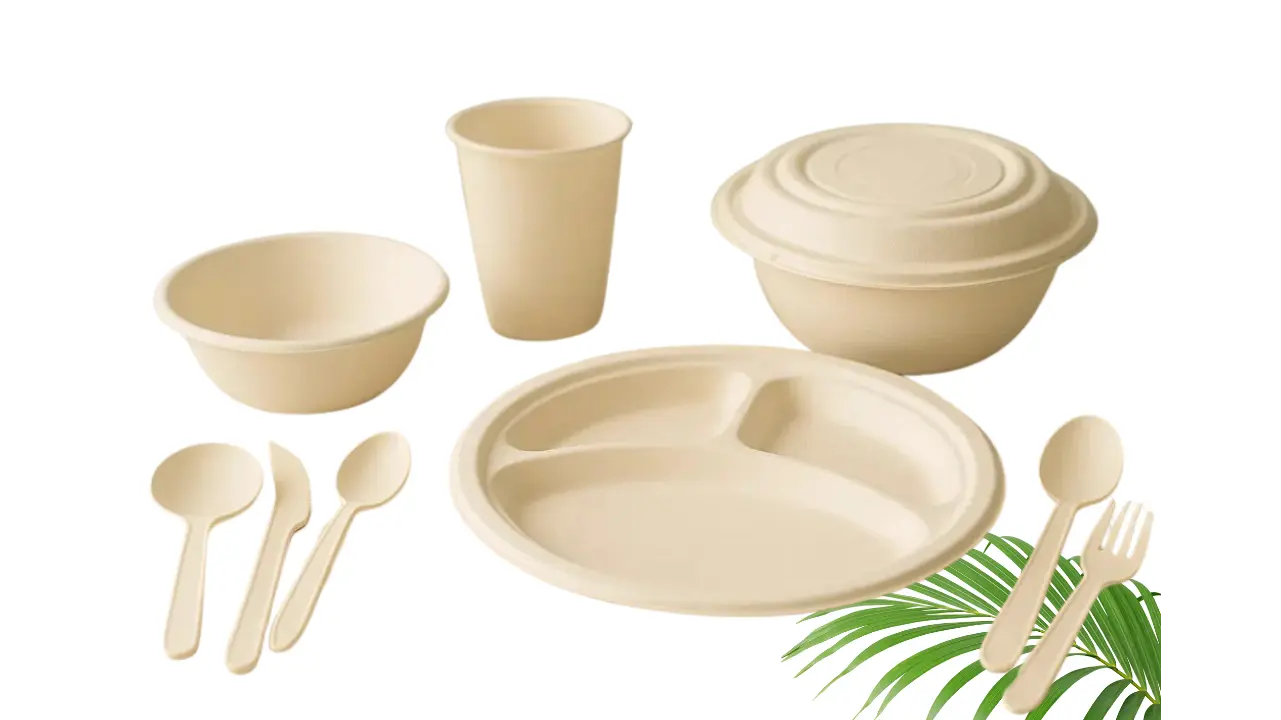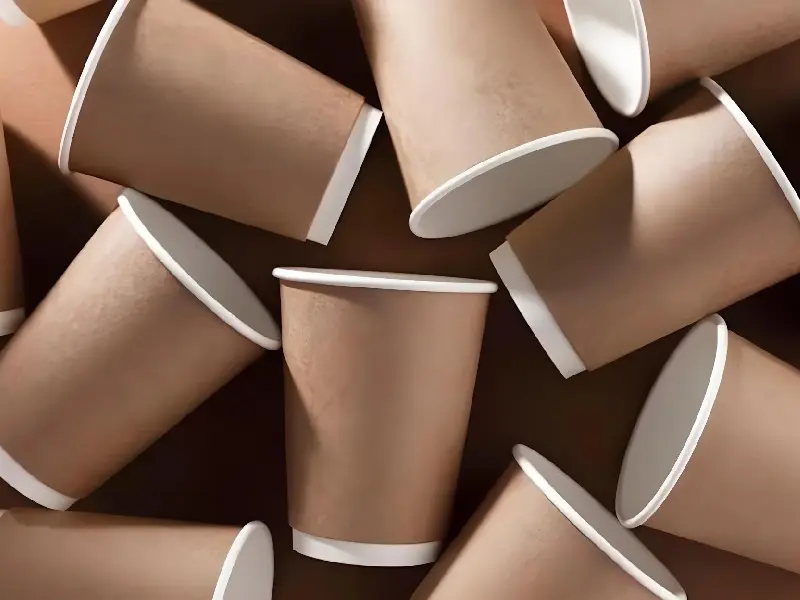PE Coating Versus Water-Based Coating: A Comprehensive Guide for Paper Cups
Choosing between PE coating and water-based coatingfor Paper Cups is increasingly a matter of balancing functionality with environmental responsibility. While PE coatings are known for their durability and moisture resistance, they pose significant sustainability challenges due to their non-biodegradable nature. Water-based coatings, on the other hand, are emerging as a greener alternative, though they might be less cost-effective and harder to source.
In this article, we explore the key differences between these two coating options, evaluating their performance, environmental impact, and cost considerations, to help you make an informed decision based on both your needs and your environmental values. 🌍
Table of Contents
- PE Coating: A Tried-and-True Option
- Water-Based Coating: A Sustainable Solution on the Rise
- PE Coating vs Water-Based Coating: A Direct Comparison
- Innovations in Paper Cup Coatings
- Conclusion
- FAQs
PE Coating: A Tried-and-True Option
PE coating has long been a go-to choice in the paper cup industry. Its capacity to protect against both moisture and extreme temperatures makes it a favorite among manufacturers, ensuring that cups maintain their integrity, whether they’re filled with hot coffee or cold water.
Key Benefits of PE Coating:
- Durability and Flexibility: PE coating makes paper cups tough and less prone to damage. 💪
- Thermal Protection: It insulates cups, keeping beverages at the right temperature, whether hot or cold. ❄️🔥
- Leak Resistance: It provides an effective barrier against spills and leaks.
However, these advantages come with an important downside—environmental concerns. As we will explore, PE-coated paper cups pose significant challenges when it comes to sustainability.
How PE Coating Works
PE coating involves applying a thin layer of polyethylene to paper cups. This creates a moisture-resistant barrier that helps the paper withstand both liquids and heat. This coating is typically applied through a process called extrusion coating, which allows for varying thicknesses depending on the need for waterproofing or heat sealing.
The coating gives the paper cup additional strength, making it tear-resistant and preventing wrinkling, which is particularly important when the cups are used for beverages.
Although this process is cost-effective and simple, it comes with an environmental cost that cannot be overlooked. 🛑
Advantages of PE-Coated Paper Cups
The biggest benefit of PE-coated paper cups is their resistance to water, grease, and liquids. This near-perfect protection ensures that the cups maintain their structural integrity and won’t leak or degrade when filled with a beverage.
The polyethylene coating greatly improves the moisture and grease resistance of the paperboard, enhancing the overall durability of the cup. This makes PE-coated cups a reliable option for holding both hot and cold beverages. ☕🥤
Environmental Disadvantages
Despite their many benefits, PE-coated paper cups have a major environmental downside. Polyethylene is not biodegradable, meaning it will persist in the environment for a long time.
The process of recycling PE-coated paper cups is complex, as it requires separating the polyethylene layer from the paper fibers, which is both labor-intensive and inefficient. 🗑️
Furthermore, the use of PE coatings contributes to plastic waste, making these cups harder to recycle and increasing their environmental impact. 🌱
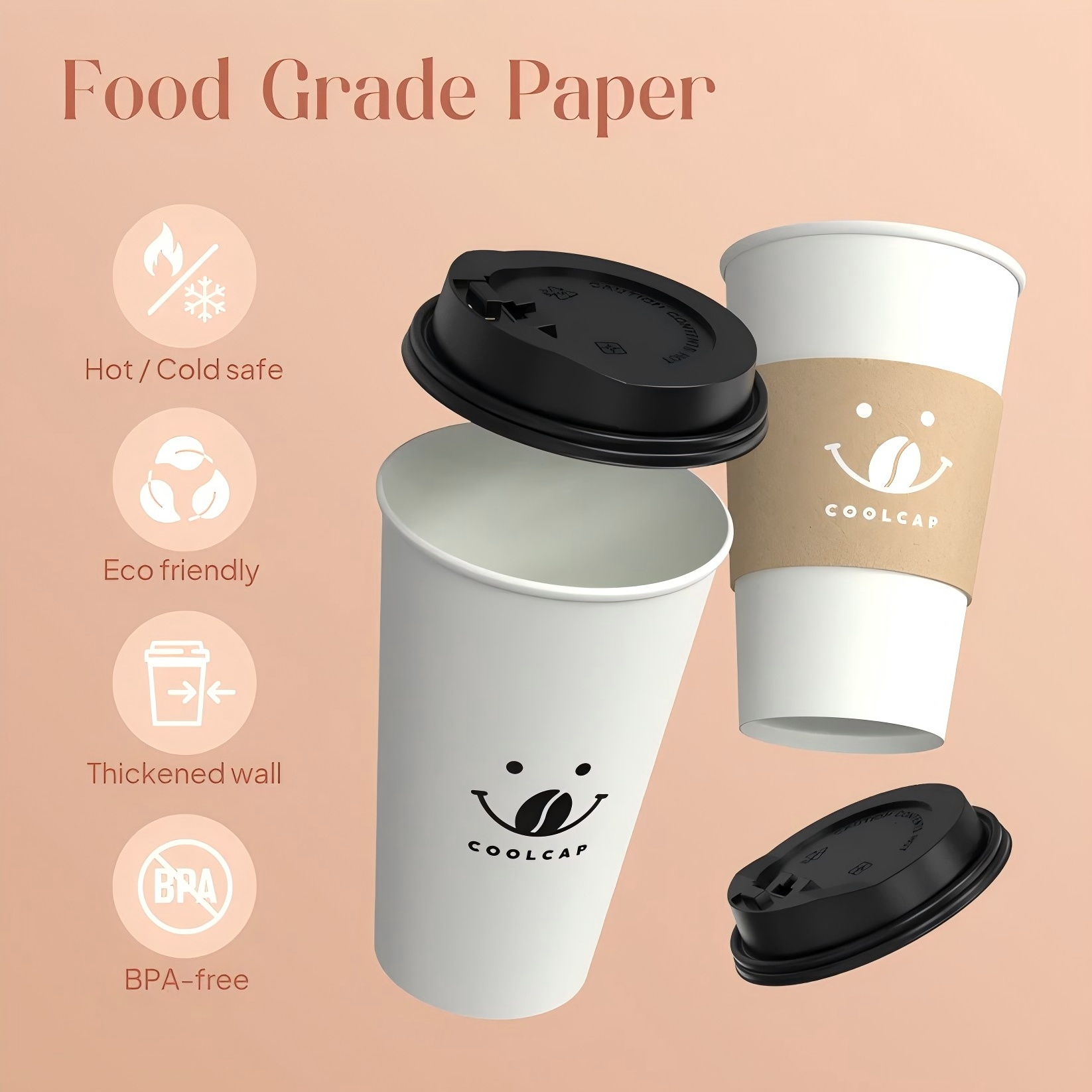
Water-Based Coating: A Sustainable Solution on the Rise
In recent years, water-based coatings have gained attention as a more sustainable alternative to traditional plastic coatings. These coatings are made using a mix of natural and synthetic materials and are considered more environmentally friendly.
Water-based coatings use fewer resources than PE coatings and offer an eco-friendly way to prevent leaks and moisture damage.
Composition and Properties
Water-based coatings typically contain a combination of:
- Water
- Natural materials like starch and cellulose
- Minerals such as calcium carbonate
- Polymers like acrylic and PLA
This combination of materials not only makes these coatings environmentally friendly but also makes the paper cups more compostable. ♻️
Water-based coatings are applied through methods like reverse roll coating, which ensures a uniform distribution of the coating without compromising environmental benefits.
Why Water-Based Coatings Are Gaining Popularity
Several factors are driving the growing popularity of water-based coatings:
- Sustainability Preferences: Consumers are increasingly choosing eco-friendly products that help reduce environmental harm. 🌍
- Regulatory Pressure: Increased regulation around single-use plastics is encouraging manufacturers to adopt biodegradable alternatives.
- Eco-Friendly Trends: Innovations like reusable paper cups are pushing the industry toward more sustainable practices.
Water-based coatings have a significant edge in sustainability because they are biodegradable and compostable, unlike PE coatings, which contribute to plastic pollution.
Limitations of Water-Based Coatings
While water-based coatings offer environmental advantages, they come with their own set of limitations:
- Higher Cost: Water-based coated cups are usually more expensive than PE-coated ones due to the materials and production methods used.
- Performance: Water-based coatings may result in a shorter shelf life for paper cups compared to their PE-coated counterparts.
- Availability: These cups are still less widely available than traditional PE-coated cups, which may limit their adoption.
In addition, under new regulations like the EU's Single-Use Plastics Directive, these cups must be properly labeled, which adds an additional layer of complexity for manufacturers.
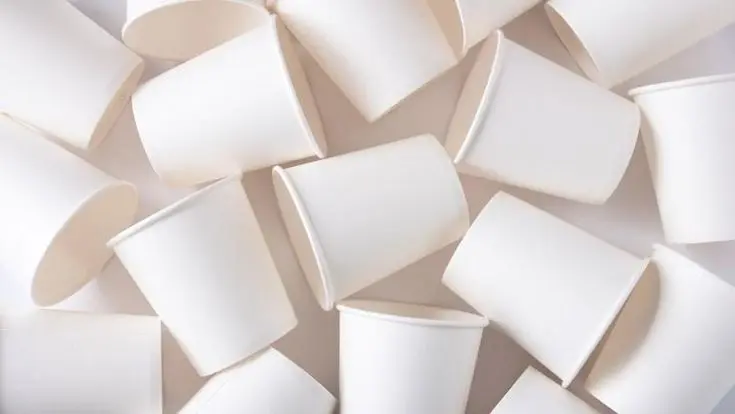
PE Coating vs Water-Based Coating: A Direct Comparison
When comparing PE coating and water-based coating, several factors need to be considered, including cost, performance, and environmental impact.
Cost and Performance
PE coatings are typically cheaper to produce, making them a cost-effective choice for manufacturers. The application process is simple, and the coating provides excellent durability without the need for chemical solvents.
Water-based coatings, on the other hand, are more expensive upfront. However, they offer a long-term advantage when considering the environmental savings they bring through reduced waste and increased biodegradability.
Environmental Impact
PE-coated paper is non-biodegradable, which creates significant challenges for recycling and waste management. The separation of the PE layer from the paper fibers is labor-intensive and inefficient, meaning that much of this material ends up in landfills. 🗑️
Water-based coatings, however, are biodegradable and compostable, making them a more eco-friendly choice. Innovative coatings, such as those used in the ButterflyCup, are designed to integrate better into recycling systems, reducing their environmental footprint. 🌿
Innovations in Paper Cup Coatings
The paper cup industry is making strides in sustainability, with various innovations in coatings that help reduce environmental impact.
From biodegradable alternatives like PLA to new technologies that make coating processes more efficient, the industry is working toward a greener future.
Breakthroughs in Biodegradable Coatings
Biodegradable coatings like PLA offer a viable, eco-friendly alternative to traditional plastic coatings. PLA is made from renewable resources such as corn starch and is biodegradable, compostable, and strong enough to resist tear, heat, water, and grease.
The growing demand for sustainable food packaging is driving the adoption of PLA-coated paper cups, setting new standards for biodegradability and lower carbon footprints. 🌽
Conclusion
Choosing between PE-coated and water-based coated paper cups requires a careful balance of performance, cost, and environmental impact.
PE coatings provide a cost-effective solution with excellent durability, but their environmental drawbacks are hard to ignore. Water-based coatings, while offering a more sustainable alternative with biodegradable properties, come with higher initial costs and certain performance limitations.
Ultimately, the decision will depend on your specific needs, cost considerations, and environmental priorities. With ongoing innovations in biodegradable coatings and sustainable packaging practices, the future of paper cups looks promising. Together, we can help reduce the environmental footprint, one paper cup at a time. 🌎💚
Frequently Asked Questions
What is PE coating on paper cups?
PE coating is a layer of polyethylene applied to paper cups to make them resistant to moisture, heat, and leaks.
Why are water-based coatings more sustainable?
Water-based coatings are made from biodegradable and compostable materials, reducing plastic waste and simplifying the recycling process compared to PE coatings. 🌿
What are the drawbacks of PE-coated paper cups?
PE-coated cups are non-biodegradable and difficult to recycle, contributing to long-term environmental damage.
Are water-based coated paper cups more expensive?
Yes, water-based coatings generally come at a higher cost compared to PE coatings, but their environmental benefits can offset the higher price in the long run. 💸
How do consumer preferences influence the demand for sustainable paper cup coatings?
Consumers are increasingly choosing eco-friendly products, which is driving manufacturers to adopt sustainable practices and coatings. 🌍

